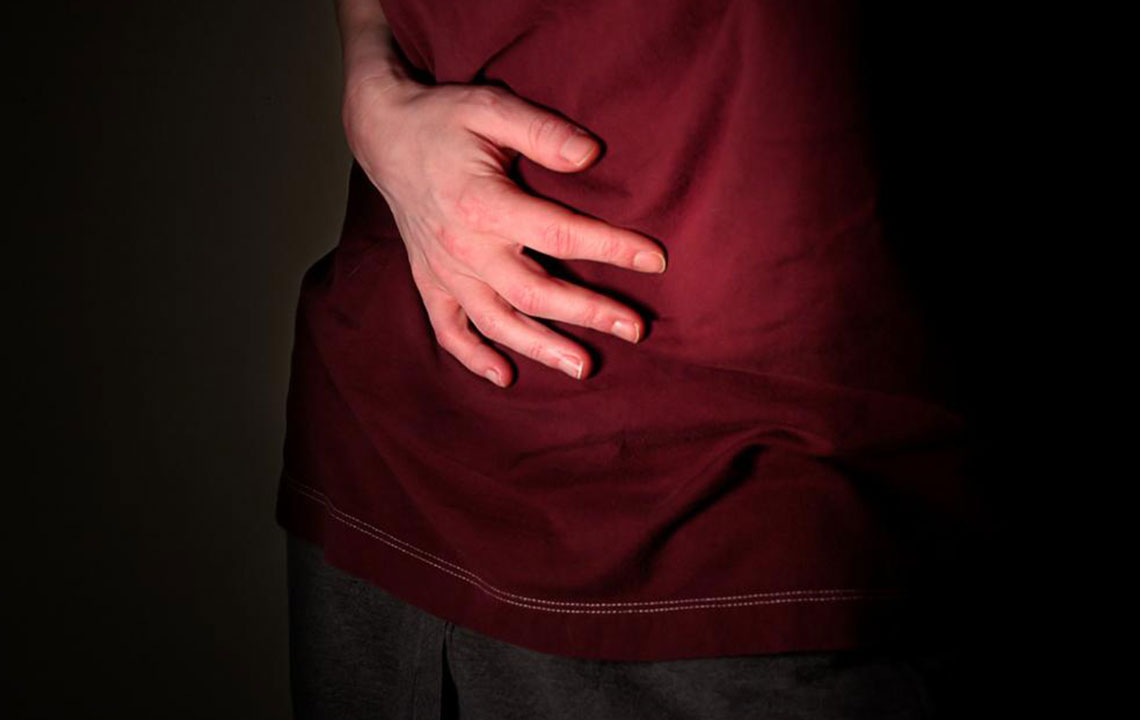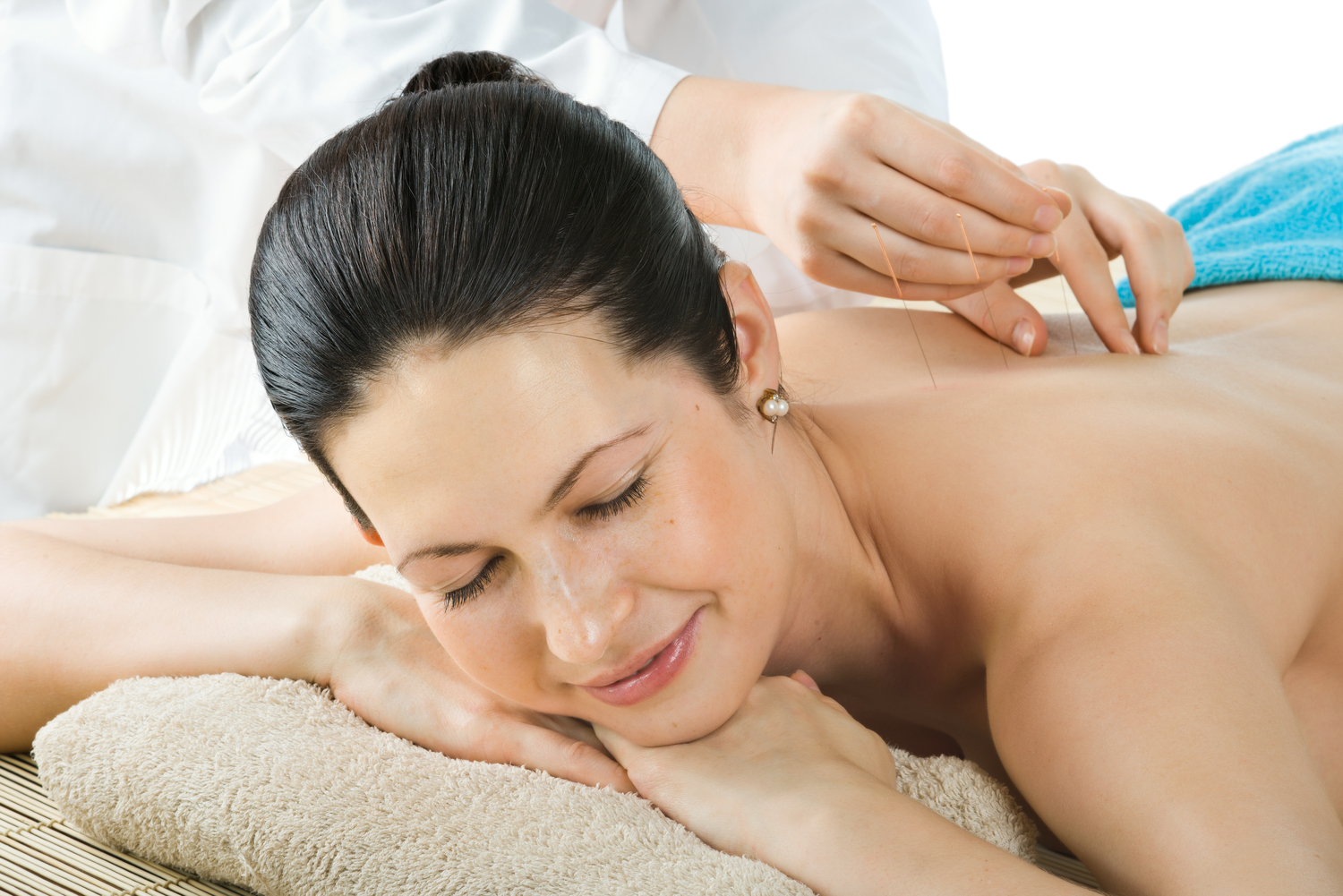Comprehensive Guide to Managing an Overactive Bladder Effectively
This comprehensive guide explores effective strategies for managing overactive bladder, including behavioral modifications, pelvic exercises, dietary changes, and surgical options. Personalized treatment plans and lifestyle adjustments can significantly improve quality of life for sufferers. Early detection and adherence to therapy are crucial for successful management of this common condition, helping individuals regain control and reduce urinary urgency and leakage.

Comprehensive Strategies for Managing Overactive Bladder Symptoms
An overactive bladder (OAB) is a common urinary disorder characterized by a sudden, uncontrollable urge to urinate that can lead to involuntary leakage. This condition not only impacts daily life but also affects overall well-being. Understanding its causes and exploring effective management methods are crucial for improving quality of life. Overactive bladder results primarily from spasms in the muscles of the bladder, often caused by various factors including genetics, lifestyle, health conditions, and physiological changes.
Addressing OAB involves a multifaceted approach that includes lifestyle modifications, behavioral therapies, medical interventions, and sometimes surgical procedures. Recognizing symptoms early and taking prompt action can significantly enhance treatment outcomes. For instance, urinary tract infections are typically treated with antibiotics, while other conditions such as atrophic urethritis may respond well to topical estrogen treatments.
Here are some of the most effective strategies to reduce the discomfort and inconvenience caused by overactive bladder:
Behavioral Modifications and Bladder Training
One of the cornerstone treatments for OAB is behavioral therapy, especially bladder training. This method educates patients about their condition while gradually increasing the intervals between urinations. By establishing structured voiding schedules, individuals can train their bladders to hold urine longer, thereby increasing capacity and reducing frequent urges. These habits also help to lessen the urgency sensation over time.
Pelvic Floor Muscle Exercises
Strengthening the pelvic floor muscles is an effective way to improve urinary control. Kegel exercises, targeted at enhancing the muscles that support the bladder and urethra, can prevent leakage and improve overall bladder stability. Regular practice of pelvic exercises not only strengthens these muscles but also enhances their responsiveness, providing better control over urges and preventing accidental leaks.
Biofeedback Therapy
Biofeedback involves using electronic monitoring devices that provide real-time feedback about muscle activity in the abdomen and pelvic area. This helps patients learn how to control and strengthen their pelvic and bladder muscles effectively. Combining biofeedback with pelvic floor exercises or Kegel routines often yields better results, leading to increased confidence and control over urinary urgency and leakage.
Dietary & Lifestyle Adjustments
Dietary modifications play a pivotal role in managing overactive bladder symptoms. Avoid caffeine, spicy foods, alcohol, nuts, chocolates, and carbonated drinks, as these irritate the bladder and exacerbate symptoms. Incorporating foods that promote bladder health such as bananas, apples, grapes, watermelon, strawberries, and blackberries can be beneficial. Vegetables high in fiber, like broccoli, kale, carrots, cucumbers, and peppers, help prevent constipation, which can put additional pressure on the bladder. Maintaining adequate hydration is vital; even if urination frequency increases, drinking sufficient fluids—preferably water and cranberry juice—supports urinary tract health. Reducing irritants like tobacco can also significantly improve symptoms.
Surgical Interventions
For severe cases that do not respond to conservative therapies, surgical options may be considered. Surgical procedures aim to increase bladder capacity or reduce pressure to restore control. Examples include bladder augmentation, which involves enlarging the bladder through partial removal or reconstructive techniques. In extreme circumstances, bladder removal (cystectomy) may be performed, creating a new urinary pathway using a stoma with an external collection bag or constructing a neobladder—a surgically created bladder from intestinal tissue.
Bladder Capacity Enhancement
Used in persistent severe urge incontinence, this surgery enlarges the bladder, decreasing urgency and frequency. Post-surgery, some patients may require intermittent catheterization for bladder emptying.
Bladder Removal (Cystectomy)
In cases where other treatments fail, removing the bladder and creating a urinary diversion such as a stoma or a reconstructed bladder can provide relief from symptoms.
Additional supportive measures that can be taken at home include dietary and lifestyle habits that promote bladder health:
Consuming fruits such as bananas, oranges, grapes, watermelons, strawberries, and berries supports overall health.
Vegetables rich in fiber like broccoli, kale, carrots, and cucumbers help prevent constipation, easing pressure on the bladder.
Herbal remedies like corn silk (Zea mays) may help strengthen urinary tract membranes, reducing urgency and frequency.
Pumpkin seeds contain Omega-3 fatty acids that combat inflammation and support healthy urinary functions.
Hydration is key—drinking water, diluted fruit juices, or cranberry juice helps flush the urinary system and reduce irritation. Avoiding irritants such as smoking or alcohol can further diminish symptoms.
Using absorbent pads provides a practical solution for managing leakage, especially in daytime activities, although they do not address the cause of OAB.
Finally, personalized treatment plans are essential since overactive bladder symptoms vary widely among individuals. Behavioral therapies require active participation, dedication, and consistency for optimal benefits. Also, underlying health issues or concurrent medications can influence treatment success, particularly in elderly populations or those with mobility or cognitive limitations. Working closely with healthcare providers ensures an effective management strategy that enhances quality of life and reduces discomfort.





